
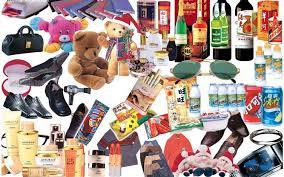
In marketing, a product is an object, or system, or service made available for consumer use as of the consumer demand; it is anything that can be offered to a market to satisfy the desire or need of a customer. In retailing, products are often referred to as merchandise, and in manufacturing, products are bought as raw materials and then sold as finished goods. A service is also regarded as a type of product.
In project management, products are the formal definition of the project deliverables that make up or contribute to delivering the objectives of the project.
A related concept is that of a sub-product, a secondary but useful result of a production process.
Dangerous products, particularly physical ones, that cause injuries to consumers or bystanders may be subject to product liability.
A menstrual pad, or simply a pad, (also known as a sanitary pad, sanitary towel, sanitary napkin or feminine napkin) is an absorbent item worn by women in their underwear when menstruating, bleeding after giving birth, recovering from gynecologic surgery, experiencing a miscarriage or abortion, or in any other situation where it is necessary to absorb a flow of blood from the vagina. A menstrual pad is a type of menstrual hygiene product that is worn externally, unlike tampons and menstrual cups, which are worn inside the vagina. Pads are generally changed by being stripped off the pants and panties, taking out the old pad, sticking the new one on the inside of the panties and pulling them back on. Pads are recommended to be changed every 3–4 hours to avoid certain bacteria that can fester in blood; this time also may differ depending on the kind worn, flow, and the time it is worn.
Menstrual pads are made from a range of materials, differing depending on style, country of origin, and brand. The pads are not the same as incontinence pads, which generally have higher absorbency and are worn by those who have urinary incontinence problems. Although menstrual pads are not made for this use, some use them for this purpose.
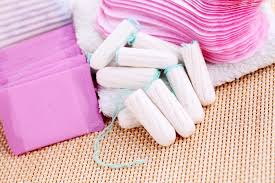
As is the case for disposable cups, materials used are usually paper, plastic (including expanded polystyrene foam), or plastic-coated paper. Recycling rates are especially low for paper-based products, especially when soiled with (wet and / or oily) scraps due to diminished recyclate quality. The waste problem is aggravated by the fact that most of the utilities themselves come in plastic and thus disposable packaging. Efforts are made to introduce biodegradable materials like sugarcane, bamboo, wheat straw, palm leaves, or various types of flours (rice, wheat and sorghum). Nevertheless, biodegradable and composable plastics often do not break down in landfill environments.
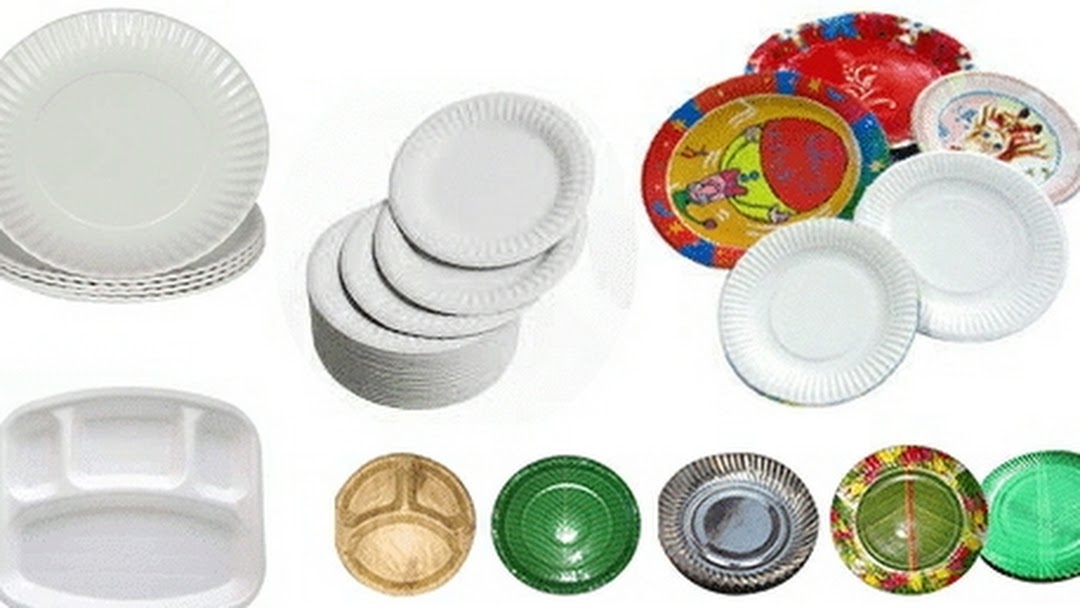
Machine embroidery is an embroidery process whereby a sewing machine or embroidery machine is used to create patterns on textiles. It is used commercially in product branding, corporate advertising, and uniform adornment. It is also used in the fashion industry to decorate garments and apparel. Machine embroidery is used by hobbyists and crafters to decorate gifts, clothing, and home decor. Examples include designs on quilts, pillows, and wall hangings.
There are multiple types of machine embroidery. Free-motion sewing machine embroidery uses a basic zigzag sewing machine. Designs are done manually. Most commercial embroidery is done with link stitch embroidery. In link stitch embroidery, patterns may be manually or automatically controlled. Link Stitch embroidery is also known as chenille embroidery, and was patented by Pulse Microsystems in 1994. More modern computerized machine embroidery uses an embroidery machine or sewing/embroidery machine that is controlled with a computer that embroiders stored patterns.[citation needed] These machines may have multiple heads and threads.
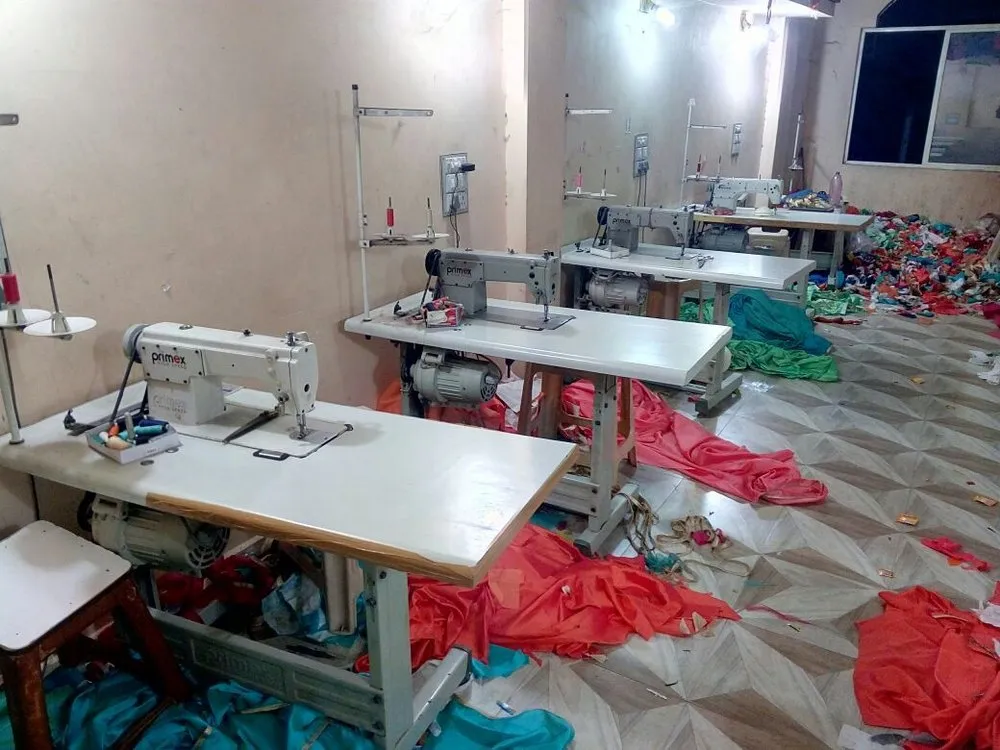
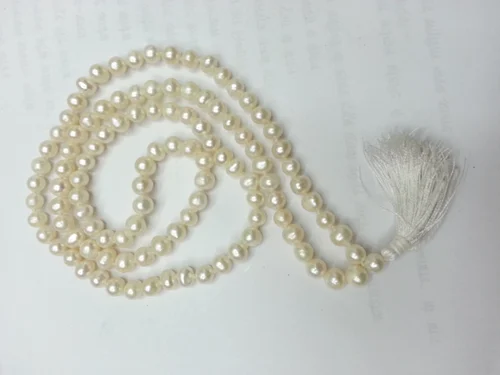
A japamala, jaap maala, or simply mala (Sanskrit: माला; mālā, meaning 'garland') is a loop of prayer beads commonly used in Indian religions such as Hinduism, Jainism, Sikhism, and Buddhism for counting recitations when performing japa (reciting a mantra or other sacred sound) or for counting some other sadhana (spiritual practice) such as prostrating before a holy icon. They are similar to other forms of prayer beads used in various world religions (such as misbahahs in Islam) and are sometimes referred to in Christianity as a "rosary".
The main body of a mala is usually 108 beads of roughly the same size and material as each other though smaller versions, often factors of 108 such as 54 or 27, exist. A distinctive 109th "guru bead", not used for counting, is very common. Mala beads have traditionally been made of a variety of materials such as wood, stone, seeds, bone and precious metals—with various religions often favouring certain materials—and strung with natural fibres such as cotton, silk, or animal hair. Mala can nowadays be found which are made from synthetic materials (such as plastic or glass beads, and nylon cords whether braided string or monofilament).